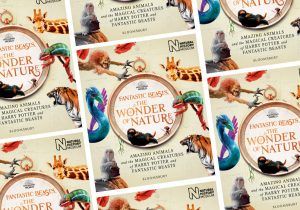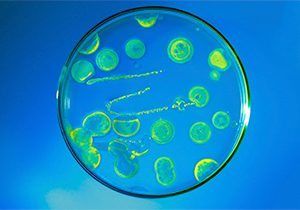
The brain primary resource
Learn some surprising facts about the human brain and how it functions
This Science primary resource gives children the chance to learn some mind-bending facts about the human brain and how it works. How much electricity does your brain generate? What benefit does exercise have to your brain? How do you ease brain freeze?
Pupils will learn some surprising facts and how the brain functions in our National Geographic Kids’ Science primary resource sheet.
The teaching resource can be used in study group tasks for discussion about how different foods and activities affect the brain. It could be used as a printed handout for each pupil to review and annotate, or for display on the interactive whiteboard for class discussion.
Activity: Ask children to use the facts provided and their own research to write a brain fact sheet of their own. They could compare human brains to brains of different animals, studying how they compare in terms of size, shape and function.
N.B. The following information for mapping the resource documents to the school curriculum is specifically tailored to the English National Curriculum and Scottish Curriculum for Excellence. We are currently working to bring specifically tailored curriculum resource links for our other territories; including South Africa, Australia and New Zealand. If you have any queries about our upcoming curriculum resource links, please email: schools@ngkids.co.uk
This Science primary resource assists with teaching the following Key Stage 1 Science (Year 1) objective from the National Curriculum:
Pupils should be taught to:
- identify, name, draw and label the basic parts of the human body and say which part of the body is associated with each sense
National Curriculum Key Stage 1 Science (Year 2) objective:
Pupils should be taught to:
- find out about and describe the basic needs of animals, including humans, for survival (water, food and air)
This Science primary resource assists with teaching the following Sciences First level objectives from the Scottish Curriculum for Excellence:
- By researching, I can describe the position and function of the skeleton and major organs of the human body and discuss what I need to do to keep them healthy
Scottish Curriculum for Excellence Sciences Second level objectives:
- I have explored the structure and function of sensory organs to develop my understanding of body actions in response to outside conditions
Scottish Curriculum for Excellence Sciences Third level objectives:
- I have explored the structure and function of organs and organ systems and can relate this to the basic biological processes required to sustain life
Scottish Curriculum for Excellence Sciences Fourth level objectives:
- I can explain how biological actions which take place in response to external and internal changes work to maintain stable body conditions
Download primary resource
More Like

Fantastic Beasts: The Wonder of Nature

Scientists discover bacteria can “see” like tiny eyeballs!

Dinosaur Interview with Steve Brusatte!









LEAVE A COMMENT
THANK YOU
Your comment will be checked and approved shortly.
WELL DONE,
YOUR COMMENT
HAS BEEN ADDED!
COMMENTS
i really like it we should take action for animals!!!
CUSTOMIZE YOUR AVATAR